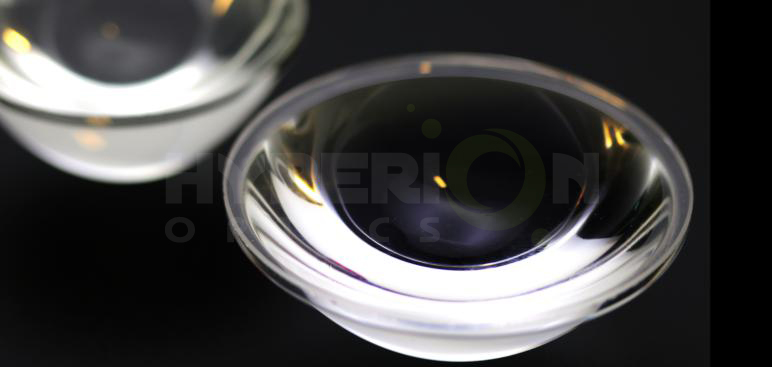Development of widescreen in the early 1950s aimed to make movies more exciting. Movie studios hoped that the new perspective would encourage people to return to the cinema instead of staying indoors to watch television. Traditional widescreen formats cropped the top and bottom of 35mm film, wasting a portion of each frame. When the smaller frames were projected onto the screen, they had poor resolution and looked rough. Anamorphic lenses used the entire 35mm frame. The horizontal axis was compressed by a factor of two, allowing the image to fill the full height of the frame. Careful handling ensured that the lens presented the image to the audience without distortion.
Anamorphic lenses capture an extremely wide field of view without distorting faces, even in extreme close-up shots. These lenses can assist in creating ultra-widescreen, elliptical bokeh (out of focus areas of the image), and long horizontal lens flares. Movies use two types of lenses: spherical lenses and anamorphic lenses. Spherical lenses are more common and project an unaltered circular image onto the sensor. Anamorphic lenses project an elliptical image onto the sensor by using optical elements to fit more horizontal data into the scene, which is then horizontally stretched to display the captured image as intended in post-production or when projected.
Compared to conventional camera lenses, anamorphic lenses help filmmakers capture a wider image on film. They also do not produce the typical distortion that wide-angle lenses create in close-up shots. The center of the frame remains true while the edges of the frame have a soft, dream-like finish. The quality remains consistent whether capturing expansive landscapes or magnifying someone's face, as long as you stay within the minimum focusing distance. When they were introduced to the market, lenses shot with anamorphic lenses had higher vertical resolution and less grain. However, the emergence of Super 35 spherical lenses narrowed the gap between the two types of lenses.
Using anamorphic lenses, filmmakers traditionally capture material with a 2.39:1 aspect ratio. This is much wider than the Academy-standard 1.375:1 aspect ratio. Unlike some other lenses, it can capture this material without covering up black bars or cropping.

 Call us on:
Call us on:  Email us:
Email us:  R&D Center: Aoti Street #68 Building 4A 405 International R&D park, Nanjing
R&D Center: Aoti Street #68 Building 4A 405 International R&D park, Nanjing









 English
English  cn
cn  de
de  es
es  fr
fr 


